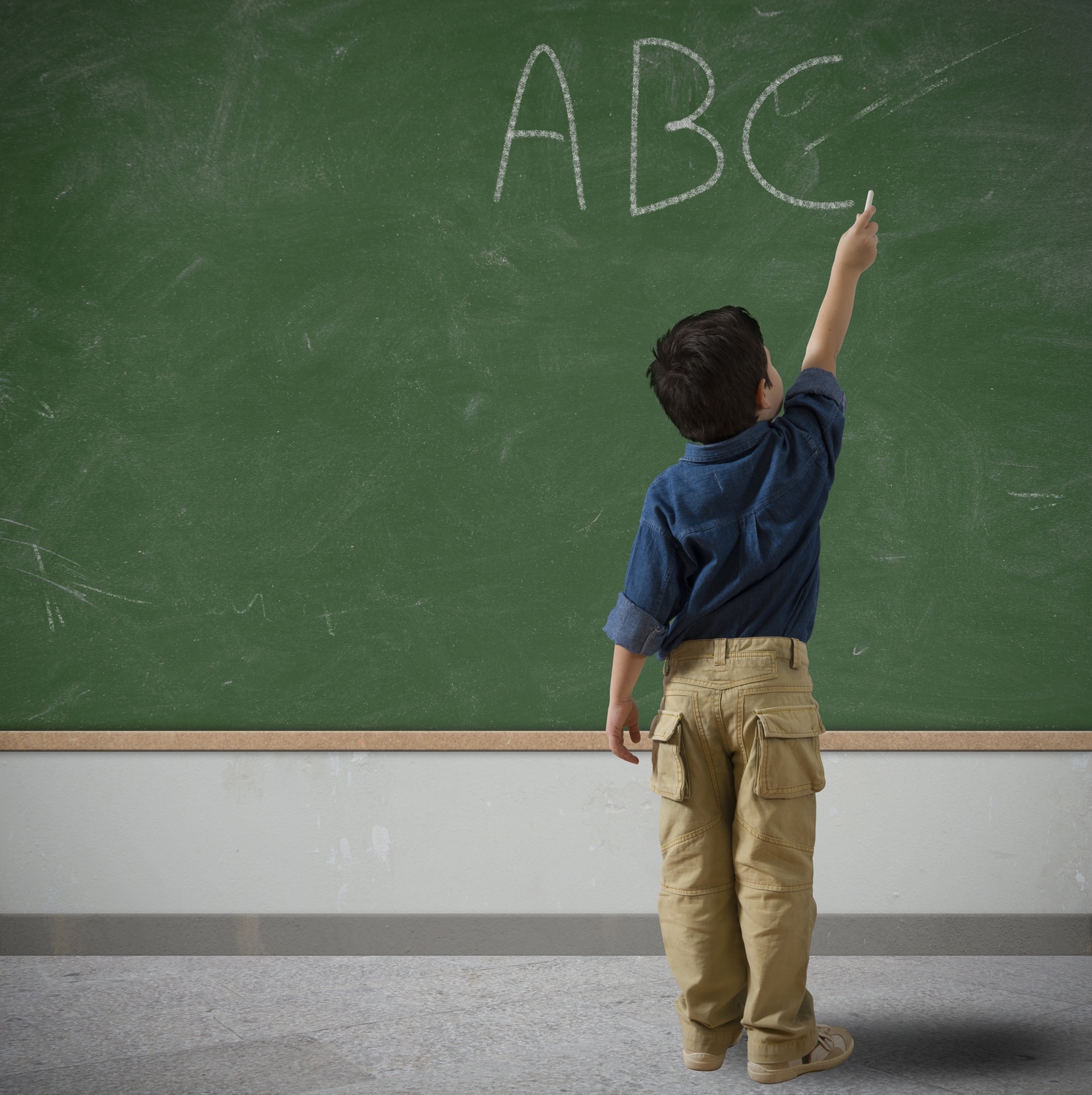Over the past 20+ years of providing speech-language therapy to students, I have noticed that the vast majority have very poor handwriting. Most of the children whom I service also have reading problems. Could there be a connection?
In a study carried out at Indiana University, the data showed that the process of writing letters activates portions of the brain in children, that are critical to reading.
Here is one father’s creative way of teaching his 2-year old daughter how to write the alphabet.
In spite of the research findings, schools seem to be moving away from teaching traditional handwriting to using technology. Forty-three states have now adopted curriculum guidelines that teach students how to type. Knowledge is now dispensed through textbooks accessed via iPads and other electronic tablets.
How can you contribute to your children’s success in school? All children love movement. They are wired to learn through play. Here’s one suggestion. Sanoma Media Netherlands B.V. has a very engaging, award-winning app called LetterSchool – an intuitive handwriting game that incorporates, writing, counting, phonics and more. It helps children develop the foundations of literacy and numeracy, thus reducing the emergence of academic difficulties.
I’ve tried it and liked it a lot.


This is great, and yes handwriting is not taught. Thanks for this.
Thank you. It’s such a pity, Andy. Every day, I see children writing from the bottom up, and holding the writing instrument in some very unusual ways. Oh how I wish I could fix them all! (sigh)
This is sad that 43 states thus far have adopted curriculum incorporating technology in lieu of handwriting. On one hand, technology is the future and we need to be proficient. However, in my opinion, this should occur during or after handwriting proficiency. We will always need to write things down. I don’t understand the aversion to teaching kids handwriting. Very sad.
Sometimes, the powers that be get carried away with a good thing. Then it becomes a curse rather than a blessing. My intention is to make parents aware of the importance of handwriting and it’s connection to learning to the point where there help their children practice at home. Then, it wouldn’t matter whether it is offered in school or not. Parents taking ownership of their children’s education is one of my goals.
I’m lefthanded and I found it really hard to write neatly when I was at school. I could have done with this.
You know Nick, I hadn’t thought about how this could help left-handed people . I do notice the different hand positions they assume to write. Perhaps because they are usually taught to write by someone who is right-handed. Thanks for this idea…I will certainly keep it in the front of my mind.